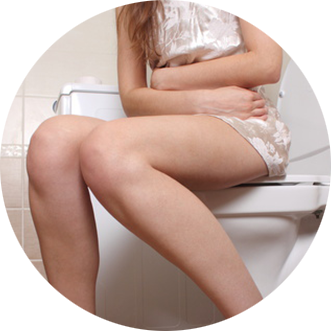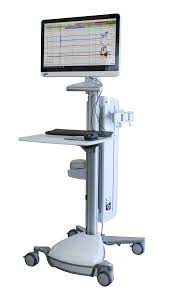Urodynamics


Your doctor has suggested a bladder test known as Urodynamics. Dr Ruchi Singh offers this procedure at 3 different locations. She will accept referrals for urodynamics from other gynaecologists which essentially means that you will see Dr Singh for the procedure and subsequent treatment may be offered by your specialist.
What is a Urodynamic Study?
Urodynamics is a special test which helps to assess the function of your bladder and the urethra (i.e : the waterpipe or tube from your bladder that passes out urine. A urodynamic study is usually performed to investigate urinary incontinence. It is a considered as a day procedure and should be covered by your health fund although it is recommended that you check with the health fund prior to booking your procedure.
During the test, the bladder is filled and pressure readings are taken to help evaluate your urinary symptoms. The idea is to replicate your symptoms, then examine them and determine their cause.
Understanding urine and the bladder
The kidneys make urine all the time. A trickle of urine is constantly passing to the bladder down the tubes from the kidneys to the bladder (the ureters). You make different amounts of urine depending on how much you drink, eat and sweat. The bladder is made of muscle and stores the urine. It expands like a balloon as it fills with urine. The outlet for urine (the urethra) is normally kept closed. This is helped by the muscles beneath the bladder that sweep around the urethra (the pelvic floor muscles). When a certain amount of urine is in the bladder, you become aware that the bladder is getting full. When you go to the toilet to pass urine, the bladder muscle squeezes (contracts), and the urethra and pelvic floor muscles relax.
Complex nerve messages are sent between the brain, the bladder and the pelvic floor muscles. These tell you how full your bladder is and which muscles are right to contract or relax at the correct time.
Understanding incontinence
Urodynamic tests can help your surgeon to assess the type of incontinence you have. The treatment that you receive will differ depending on the type of incontinence you have.
There are a number of different causes of incontinence including the following:
- Stress incontinence is the most common type. It occurs when the pressure in the bladder becomes too great for the bladder outlet to withstand.
- Urge incontinence (unstable or overactive bladder) is the second most common cause. In this condition you develop an urgent desire to pass urine. Sometimes urine leaks before you have time to get to the toilet.
- Mixed incontinence. Some people have a combination of stress and urge incontinence.
For the first part of the test, you will need to empty your bladder into a special toilet which measures how much urine you pass and the flow of the urine. You will usually be left alone in the room whilst you are doing this. This is why you need to come to the test with a full bladder.
The next part of the test measures the way your bladder works as it fills up. One thin tube is put in to your bladder and you may find this a little uncomfortable. It will help fill up your bladder and also measure the pressure in the bladder. Another catheter is put into your vagina or back passage (rectum). This allows the pressure inside your bladder to be compared with the pressure outside your bladder. Once your bladder is filled with around half a litre of water you will be asked to perform few manouvers. If you leak urine when you cough, try not to feel embarrassed. If you leak at home when you cough, it is best for the test operator to see you leak during the test. It is important to remember that it is helpful to see how your bladder behaves on a day-to-day basis to make sure that the correct treatment is provided.
What can I expect after a urodynamic test?
After the tests some people feel a slight stinging or burning sensation when they pass urine. If you drink plenty of fluids these symptoms should quickly settle. If discomfort lasts more than 24 hours, you should take a sample of your urine to your GP for testing because it may be a sign of infection.
Some people find a small amount of blood in their urine when they go to the toilet. If this lasts more than 24 hours, you should also see your GP because it may be a sign of infection.
Are there any side-effects or complications from a urodynamic test?
Most people have urodynamic tests without experiencing any problems. As mentioned above, there is a small chance of developing a urinary tract infection. Contact your GP if you develop any of the following symptoms:
- A stronger than usual urge to pass urine.
- Your urine smells, is cloudy or has blood in it.
- You want to pass urine more often during the day and night.
- A burning or stinging sensation when you pass urine and feel that you are only passing small amounts at a time.
- Lower backache or pain in your kidneys.
- If you feel hot and develop a high temperature.
